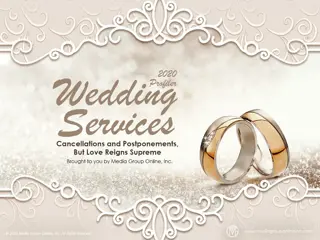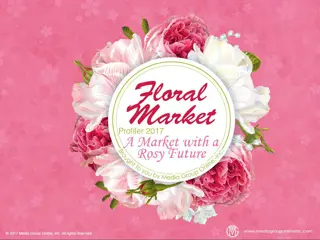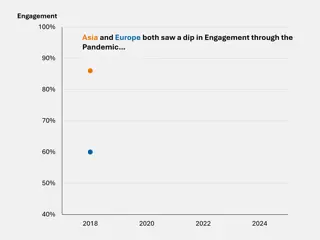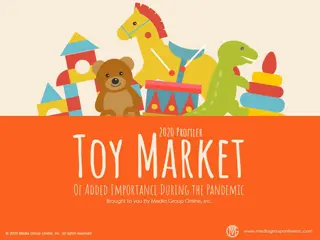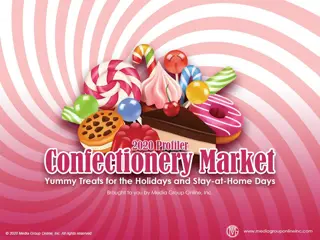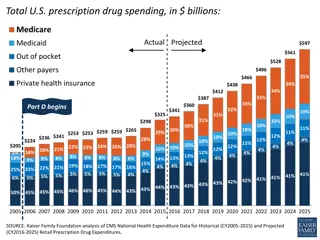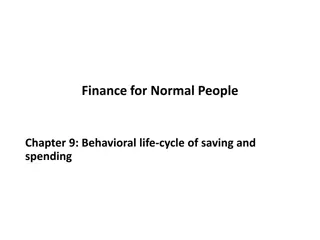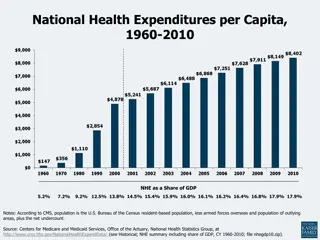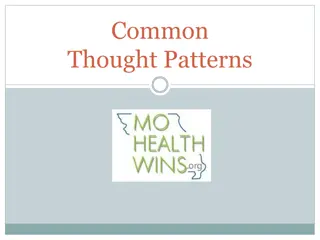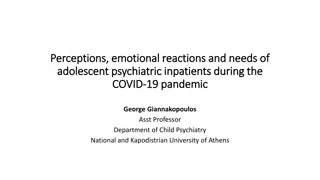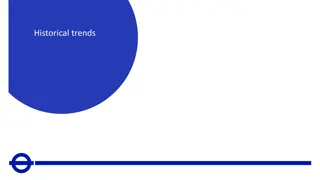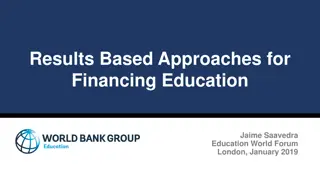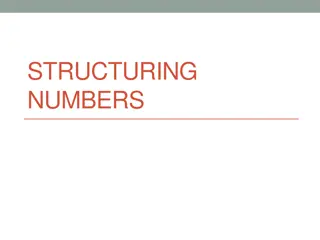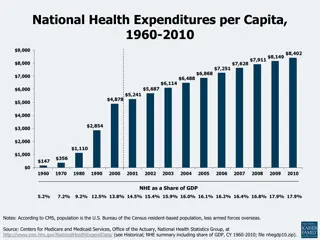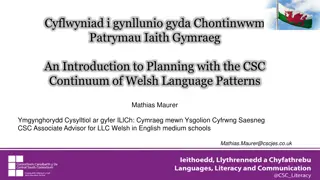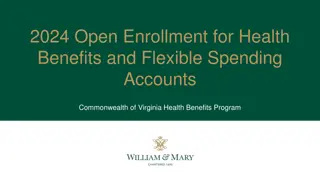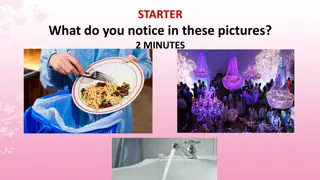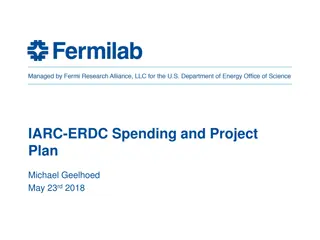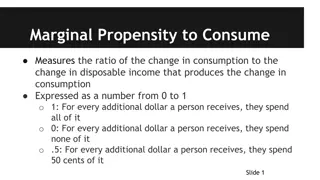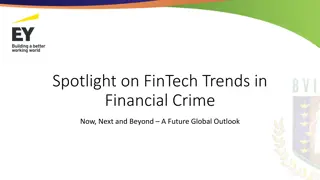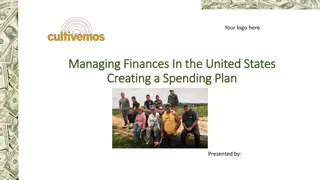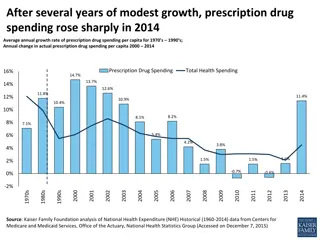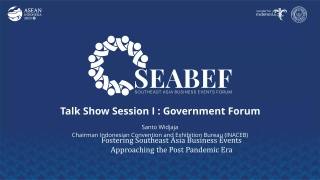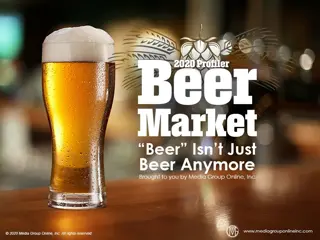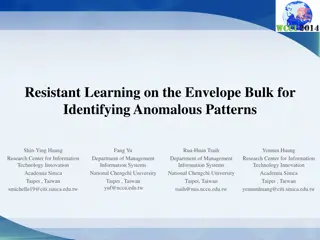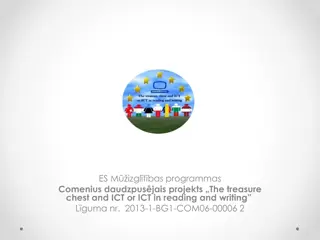Wedding Industry Insights: Trends and Spending Patterns Amidst the Pandemic
The wedding industry saw a significant shift in 2020 due to the pandemic, with a 40.4% decrease in weddings. However, there is a projected rebound in wedding sales for 2021 and 2022. Spending patterns varied across age groups and ethnicities, with interesting insights on jewelry purchases and wedding attire. Fall weddings were favored in 2020, likely influenced by the pandemic. The data provides valuable insights for businesses in the wedding sector to adapt and capitalize on the changing trends.
Download Presentation

Please find below an Image/Link to download the presentation.
The content on the website is provided AS IS for your information and personal use only. It may not be sold, licensed, or shared on other websites without obtaining consent from the author. Download presentation by click this link. If you encounter any issues during the download, it is possible that the publisher has removed the file from their server.
E N D
Presentation Transcript
Couples Are Walking the Aisle Again The pandemic not only severely disrupted the business world, including the retail sector, but also most everyone s social life. Weddings were a particular victim as the total 2020 weddings decreased 40.4% YOY, according to The Wedding Report 2021. Hundreds of thousands of couples/families postponed their weddings to 2021 and beyond. The Wedding Report estimates approximately 665,000 more weddings for 2021 than 2020, but still fewer than 2019, and the highest total since 2008 for 2022 (2.469 million). The average amount spent of $20,286 was the lowest since 2008 and decreased 17.8% from 2019. Much worse was total wedding sales, which decreased 51.0% from 2019, but is expected to rebound by 69.0% during 2021 and another 38% from 2021 to 2022.
The Seasons of Engagements and Weddings The percentages of engagements were relatively equal for January through November, but December is still the traditional month for most engagements, at 15.5%, and not quite twice as much as the next three July (8.5%), October (8.3%) and February (8.2%). The trend towards fall weddings continued into 2020, with October (14.9%) and September (13.6%), compared to June (12.5%) and May (10.9%); however, the pandemic likely was responsible for this trend, as it was worse during spring 2020 than fall 2020. Although The Wedding Report 2021 hasn t provided data on the seasonality of 2021 weddings, it s likely more occurred during the spring when the pandemic started to wane. Weddings for 2022 and beyond are also more likely to follow traditional patterns.
More Spending Insights Unsurprisingly, data from The Wedding Report 2021 indicates almost one-quarter (24.1%) of all weddings were adults 25 29; however, their average total spending was the third least at $18,663. Those 20 24 spent the least or $12,983, on average. Interestingly, two very disparate age groups spent the most, with the average for those 55 59 at $23,937 and those 30 34 at $23,329. Two groups of Gen Xers (40 49 and 50 54) both spent the same average amount at $22,923. By ethnicity, Asian Americans spent much more for the average wedding ($29,009) than #2 Caucasian Americans ($21,503), but Asian Americans only accounted for 6.6% of all weddings, the smallest percentage, compared to 75.8% for Caucasian Americans.
Jewelry: The Big Purchase Other than the average spent during 2020 for the wedding venue, the engagement ring was the next largest expenditure, averaging $3,456. Add the average of $787 for the women s wedding band and $465 for the men s and just the rings total $4,708. With the number of weddings (and quite likely engagements) postponed from 2020 and 2021 to 2022 and the largest percentage of engagements occurring during December, jewelers should be planning for bigger- than-usual sales during Q4 2021. Many, if not most, brides also choose a bracelet and earrings as complements to their wedding gown. According to The Wedding Report 2021, the average amount spent for those two items during 2020 was $334.
Wedding Attire and Finery The demand for wedding dresses during 2020 was the lowest since 2008 at 1.20 million and the average spending for a dress was the most since 2008 at $1,251. The 2021 wedding-dress demand was much larger and forecast at 1.84 million with an average cost of $1,272. An additional average amount of $227 was spent during 2020 for the bride s dress accessories headpiece, veil, shoes, lingerie, sash, handbag, garter, etc. Through 2025, however, the forecast is for a slightly smaller annual average cost of these accessories. The average amount spent for the rental or purchase of the groom s tuxedo or suit was $217 plus another $107 for accessories, such as cuff links, cummerbund, tie, pocket square, shoes, etc. The combined cost of these two categories was forecast to decrease for 2022.
Flowers Add Color to the Celebration The surge in scheduled 2021 and 2022 weddings and the demand for various floral products is an enormous challenge for the floral industry because it s facing many of the same supply-chain issues of other retail sectors and weather has adversely affected crops. The Wedding Report 2021 forecasts the average cost for all wedding flowers ($1,694 for 2021) will increase 6.1% through 2025 when the total average cost will reach $1,798. The average cost of 2021 weddings venue flowers & arrangements of $482 is the largest average of all the floral categories, with the average cost of bouquets at $354 for 2021 weddings, and increasing to $500 and $375, respectively, by 2025.
Advertising Strategies With the most weddings scheduled for 2022 since 2008, any business or retailer marketing wedding services will find Q4 2021 and into 2022 one of the best opportunities to engage with this audience. Creating and marketing specially priced packages/bundles of complementary wedding products and services is likely to attract the attention of more couples and their families. Wedding services businesses will find it valuable to educate themselves about ethnic and cultural wedding traditions as more couples enhance their weddings with these traditions. Niche channels can be used effectively to promote this specialized service.
New Media Strategies Social media and mobile marketing are where to target most engaged couples. Create some posts with home lifestyle topics to help engaged couples plan their home or enhance their current cohabitation. Invite one or more local home design expert to contribute. With adults 55 59 spending the largest average amount for a 2020 wedding at $23,937, wedding services businesses should consider adding a page to their Websites and occasionally posting social media content with topics helpful to these older adults. Social media is a relatively low-cost marketing channel to feature and promote lower-cost dresses, jewelry and other products and service to generate more volume from couples who can only spend less than average for their weddings.


